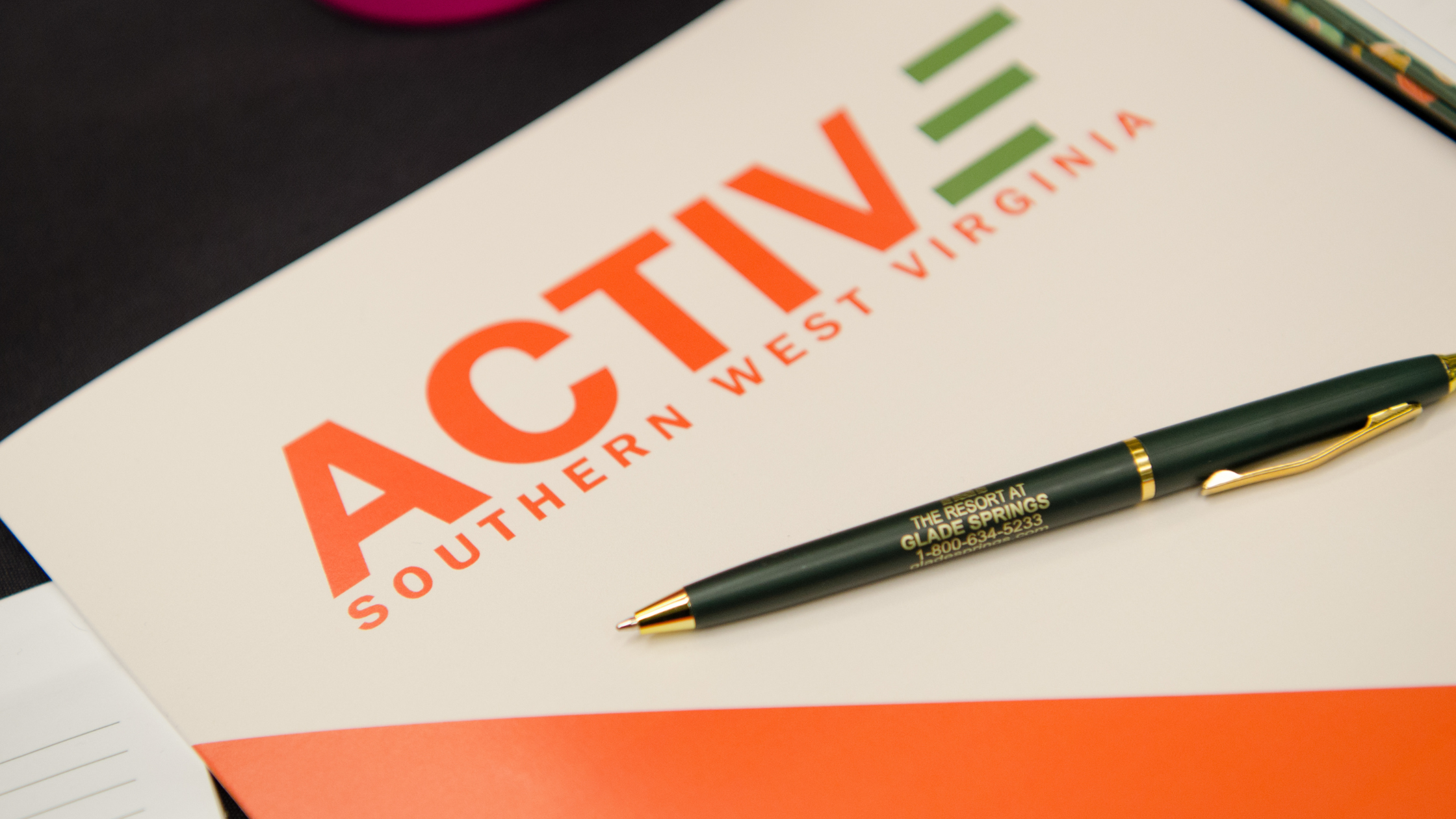
Introduction
Welcome or welcome back, you’ve hopped in at blog post three in a four-part series about policy, systems, and environmental change. In this post, we will discuss environmental changes. You are more then welcome to read then out of order, but if you are compelled by order, then Policy Change was the first entry in the series, followed by System Change.
So why do I care about policy, systems, and environmental changes? Because my new position at Active Southern West Virginia dropped me into the PSE world and I’m trying to sort it all out. I thought I’d share my understanding of the terminology and thus created this four-part blog series wherein I tackle each change individually, define each category, and give practical and applicable advice on how you can implement these changes into your worksite, or include them in your capacity building grant application. (FYI, the 2024-25 Capacity Building Grants are NOW OPEN!)
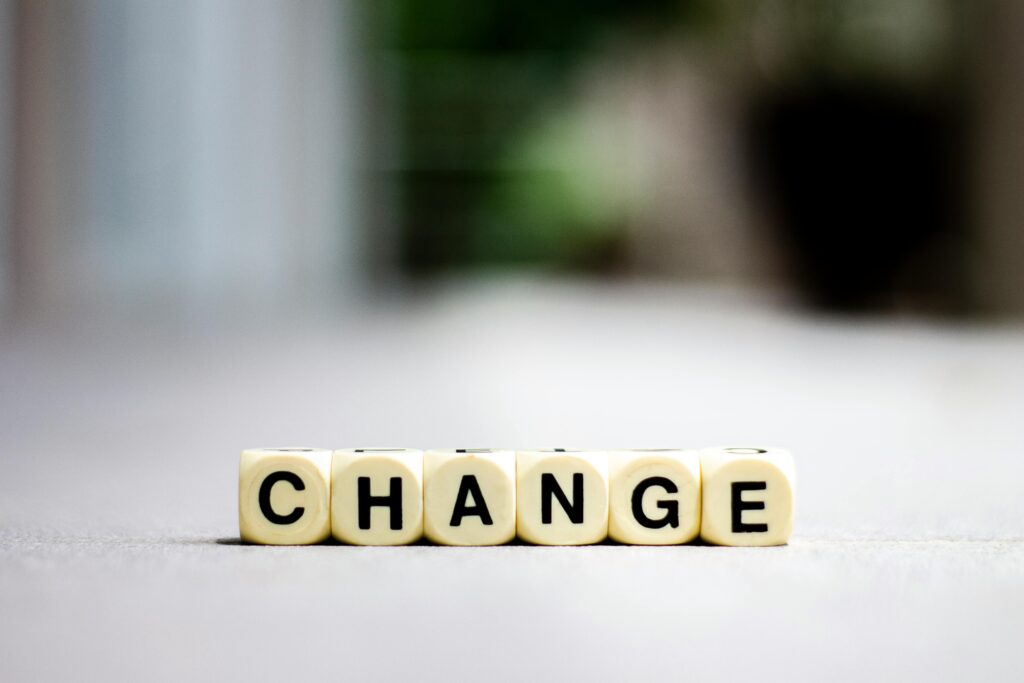
Environmental Change
I feel like environmental change is the easiest to understand and as such, this will be the shortest entry in the series. In prior posts, I noted that the environmental changes were physical changes. However, that is not entirely true. Environmental changes are any physical or observable changes to the physical, economic, and/or social environment. Thank you, Rural Health Hub.
Since we popped over to Webster to clarify policy and systems, let’s round is out with environment. Environment is defined as “the circumstances, objects, or conditions by which one is surrounded: the factors and influences that affect the growth, health, progress, functioning, etc., of someone or something.”
So, there we are. I think we understand environment. But what does this look like as part of PSE changes?
Example Workplace Recap
Let’s double back to the workplace where its employees were interested in moving more throughout the day, but they felt that they didn’t have enough time during the workday, or they’d get in trouble with management.
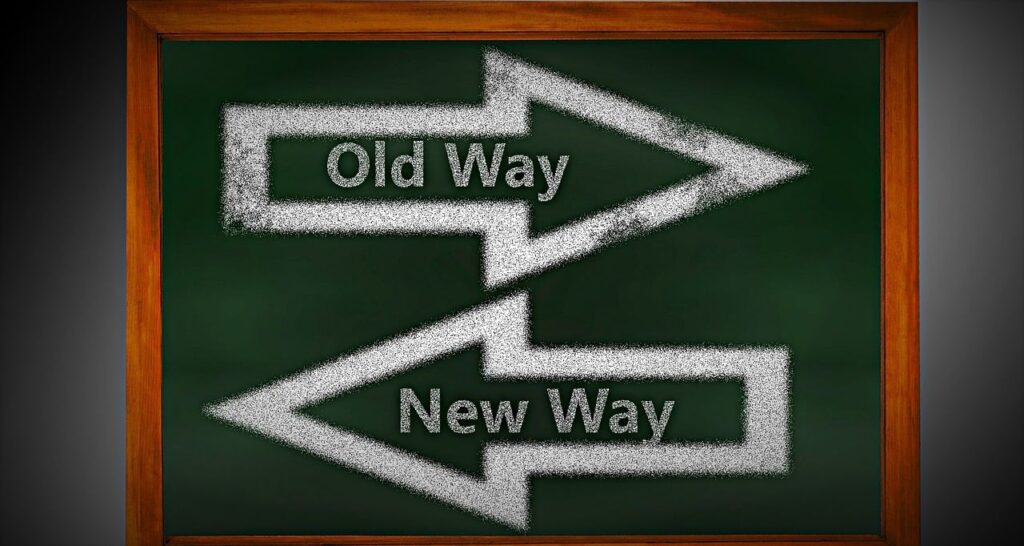

Policy
They created a policy to allow for more time to potentially be used for increased physical activity.
The workplace will create a policy that allows employees to have one 30-minute lunchbreak and two 15-minute breaks, which they can use for physical activity, per 8-hour shift.
System
Next, they followed up the policy change with system changes, such as:
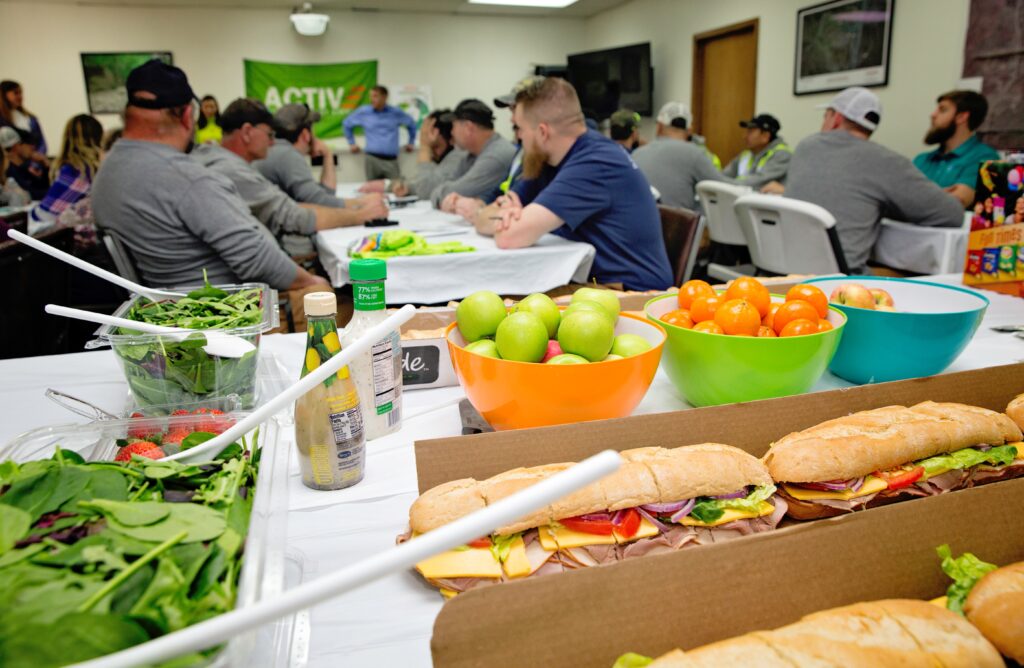
Provide monthly Lunch N Learns with key speakers who address different ways to be active in the workplace, reasons why it’s important to be active in the workplace, and benefits to being active in the workplace.
And.
Provide an optional employee group lead walk during one or both of the new 15-minute break times.
Example #1
We’ve got our P. We’ve got our S. What do we do for our E? Well, do you have a walking trail at your worksite? Do you have signage for the trail? Maybe you have a trail, but it needs improvements.

Create and post trail maps around the worksite to encourage onsite physical activity.
Make trail improvements, such as adding rails, lighting, and signage in order to improve ease and safety of trail usage.
Create walking paths/route through and around the worksite, including distance and/or average step count; post path/route signage throughout the worksite.

Example #2
Other popular environmental changes include:

Create a free onsite gym to include equipment the employees are most interested in.
Post signage throughout the workplace that encourages physical activity.
Closing
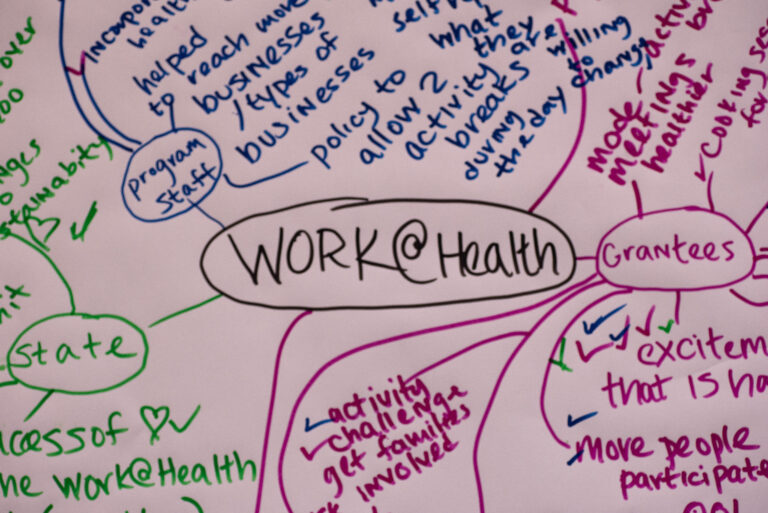
Don’t forget that your worksite environment can include physical, economic and/or social environments and the changes need to be physical or observable. I feel like we all have a grasp on our environmental changes.
Thanks for hanging out and taking the time to read this article. Hope to see you in our next installment where we’ll not only wrap it all together, but I’ll help you outline steps to achieve your changes.
Stay Active!

Kelly Fox
Workplace Wellness Director
Active Southern West Virginia

